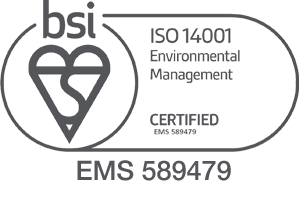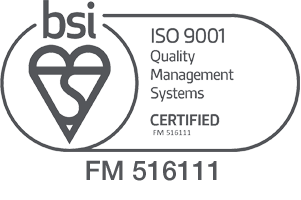
11/09/2025
What does ACVPU stand for? Understanding a key tool in patient assessment
In high-pressure environments, such as emergency departments, critical incidents, or disaster zones, the ability to make rapid and accurate assessments can save lives. This is particularly true when applying mass casualty triage guidelines, where clinical decisions must be swiftly and systematically made.
One essential tool that supports this process is the ACVPU scale - a simple yet effective tool for evaluating a patient’s level of consciousness. In this article, we’ll explain what ACVPU stands for and its implications in mass casualty incidents (MCIs).
What is ACVPU?
ACVPU is an acronym used by healthcare professionals to assess and document a patient’s level of responsiveness. It stands for Alert, Confusion, Voice, Pain, and Unresponsive, and provides a structured framework for identifying changes in neurological status.
This tool offers a faster, more streamlined alternative to the more detailed Glasgow Coma Scale, making it particularly valuable during high-pressured initial assessments or when time is limited.
The components of ACVPU
Each letter in ACVPU represents a different level of consciousness:
- Alert: The patient is fully awake, aware, and responsive without external stimulation.
- Confusion: The patient is awake but disoriented or displaying unusual behaviour.
- Voice: The patient responds to verbal commands or questions but is not fully alert.
- Pain: The patient reacts only to painful stimuli, such as a sternal rub or nail-bed pressure.
- Unresponsive: The patient does not respond to voice or pain and shows no signs of awareness.
This graded scale enables a quick yet structured assessment that can be easily communicated across clinical teams.
Why use the ACVPU Scale?
The purpose of the ACVPU assessment is to detect early signs of deterioration in a patient’s condition. For example, a sudden shift from ‘Alert’ to ‘Voice’ or ‘Pain’, can indicate a developing neurological problem or systemic decline, highlighting the need for immediate intervention to safeguard the welfare of the casualty.
ACVPU is particularly useful in situations where multiple patients must be assessed and prioritised quickly, such as in mass casualty incidents where triage decisions must be rapid, consistent, and based on observable criteria.
Clinical application and integration of ACVPU
The ACVPU scale is widely used in emergency departments, intensive care units, and general wards, as well as by paramedics and first responders. It is often integrated into early warning score (EWS) systems, where it complements other vital signs to trigger escalation protocols.
Incorporating ACVPU into routine observations ensures that subtle changes in consciousness are not overlooked and that deteriorating patients receive the timely care they need to maximise their chances of survival and recovery.
Enhance your patient assessment with SmartTriage™
At TSG Associates, our SmartTriage™ System is proven in real-world emergencies to deliver fast, effective triage and coordinated command and control, so your team can make critical decisions under pressure, prioritise care with confidence, and manage multiple casualties with clarity and efficiency. To find out more, please get in touch today.



.png?t=1749738291715&width=860)
%202.png)







